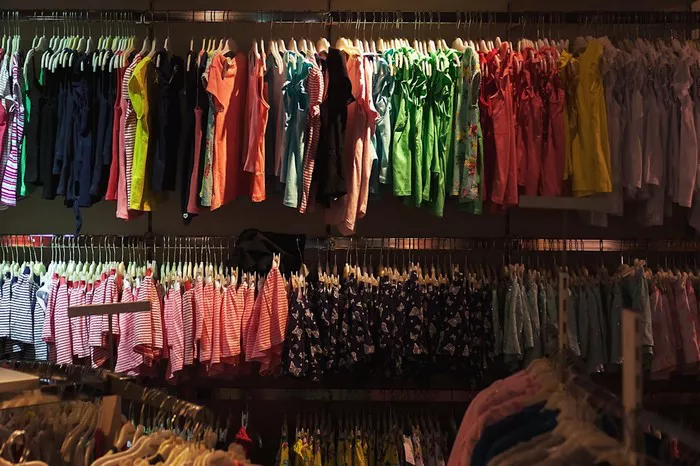Fast fashion continues to drive the apparel industry, but experts are raising alarms over the declining quality of products being produced. Fast fashion is defined by quickly produced clothing trends that are sold at low prices. However, because these items are manufactured at such a rapid pace, the final product is often unsatisfactory and lacks longevity. As consumers are drawn to the affordability of these trends, they are unwittingly sacrificing quality for price.
According to experts, fabric makes up about 60% of a garment’s total production cost. In an effort to cut costs, retailers often choose cheaper fabrics, which leads to a noticeable decline in quality. The situation worsened after the pandemic when retailers, in an attempt to recover from poor sales and disrupted supply chains, focused on mass production at the expense of durability. Margaret Bishop, a professor at the Fashion Institute of Technology, noted that this shift has contributed to “a race to the bottom,” as companies try to produce more while spending less.
Despite the drop in quality, fast fashion continues to thrive due to its low price points. While consumer prices have risen by 26% over the past five years, apparel prices have only increased by 6%. This affordability factor has led to a surge in demand for fast fashion apparel, with the top three global fast-fashion retailers nearly tripling their U.S. market share in recent years. However, this boom in demand comes at a significant environmental cost.
The fashion industry is responsible for about 10% of global carbon pollution and is the second-largest consumer of water worldwide. Producing just one cotton shirt requires roughly 700 gallons of water. Additionally, fast fashion contributes heavily to overflowing landfills, with the average American generating 82 pounds of textile waste annually. This environmental toll is compounded by the industry’s reliance on cheap, low-quality fabrics that don’t stand the test of time.
In response to the detrimental effects of fast fashion, the slow fashion movement has gained momentum. This movement encourages companies to reduce excessive production and adopt sustainable practices. By focusing on durability and quality, slow fashion advocates for a more thoughtful approach to garment production. Consumers can also play a role in addressing the issue by investing in high-quality clothing that lasts longer. Thrift stores and resale platforms like ThredUp offer affordable options that are both sustainable and durable.
However, consumers must be cautious when shopping for sustainable clothing. Greenwashing, where companies make misleading claims about their environmental efforts, is a growing issue. To avoid being deceived, it’s essential to research brands before making a purchase and ensure their claims about sustainability are genuine. By making informed choices and supporting ethical practices, consumers can help reduce the negative impact of fast fashion on both quality and the environment.
Related Topics
- The Rise of Underdog Fashion Labels That Embrace Minimalism and Sophistication
- Nike Faces Sales Slump Amidst ‘Woke’ Backlash and Rising Competition
- Coty Sells Stake in Kim Kardashian’s Beauty Brand to SKIMS

